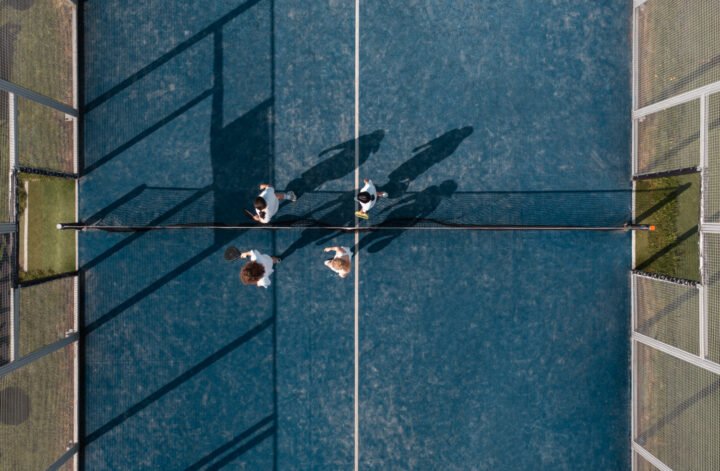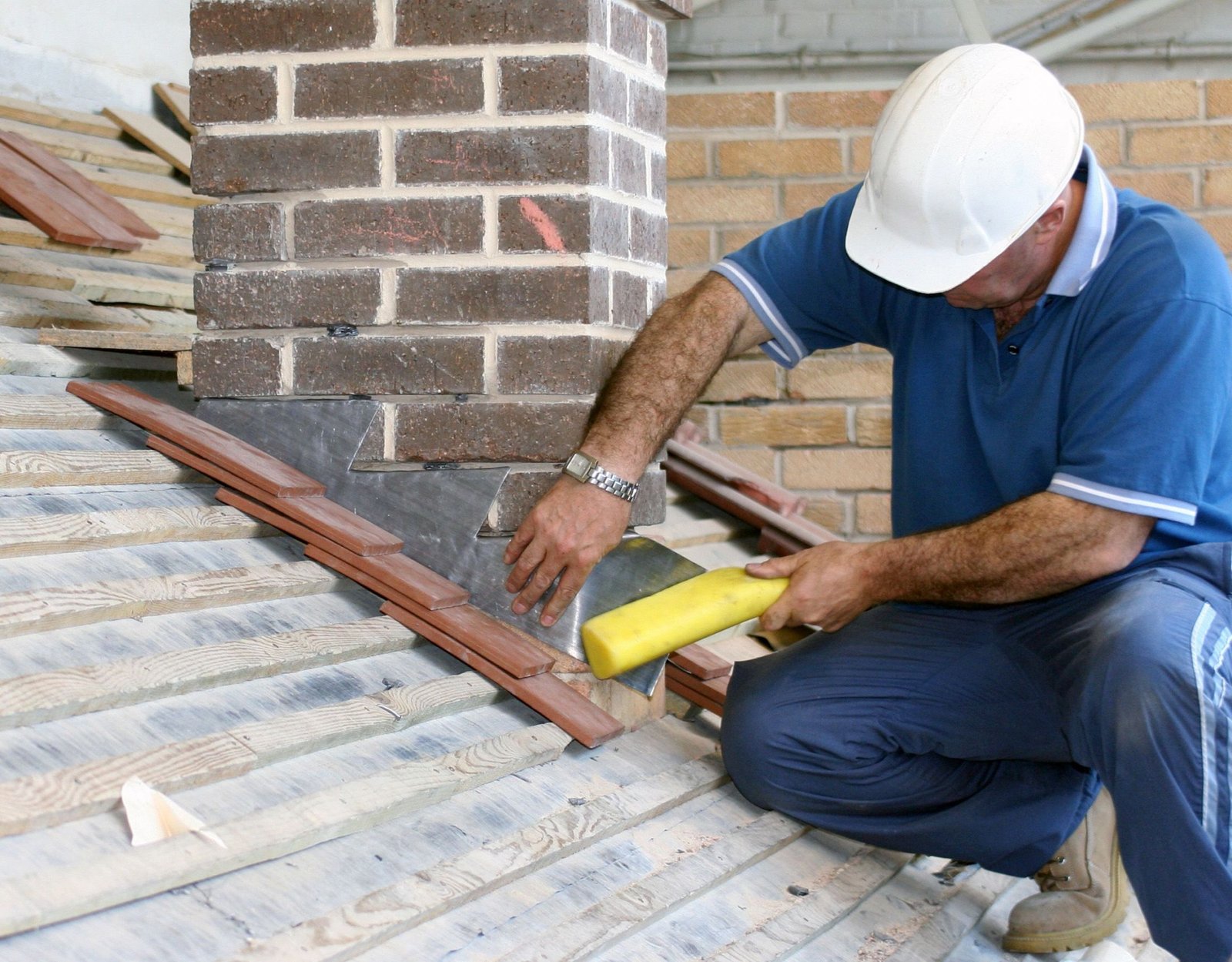Pickleball, a rapidly growing sport across the United States, demands well-maintained court surfaces for peak performance. With weather conditions varying greatly, understanding their impact on court surfacing is essential for facility managers and sports enthusiasts alike. In this post, we delve into how different weather conditions affect pickleball court surfaces and provide valuable insights on maintaining these facilities year-round.
Impact of Sunlight and Heat
Summers usher in intense sunlight and soaring temperatures, significantly impacting pickleball court surfaces.
- Surface Degradation: UV rays can degrade the materials used in pickleball courts, causing them to become brittle and crack over time. This degradation not only affects the playability of the court but also its safety.
- Color Fading: Continuous exposure to direct sunlight can cause the vibrant colors of the court to fade, reducing the aesthetic appeal and potentially affecting the visibility of boundary lines.
- Softening of Surface Materials: High temperatures can make certain surfacing materials soft, which might change the ball’s bounce and speed, altering the playing conditions.
Effects of Rain and Moisture
Rainfall and moisture present their own set of challenges for pickleball court surfaces in Utah, especially during the transitional seasons.
- Water Accumulation: Poor drainage can lead to water accumulation on the surface, which increases the risk of slips and falls. It’s crucial to have an effective drainage system to prevent puddling and ensure the court remains playable even after heavy rains.
- Mold and Mildew Growth: Moist conditions are conducive to the growth of mold and mildew, which can make surfaces slippery and hazardous. Regular cleaning and maintenance are necessary to prevent these issues.
- Material Breakdown: Continuous exposure to moisture can cause the breakdown of surface materials, leading to deterioration and the need for more frequent resurfacing.
Winter Weather Concerns
Winters can be severe, with snow, ice, and frigid temperatures affecting pickleball court surfaces.
- Surface Cracking: The freeze-thaw cycle, where water seeps into small cracks and expands when frozen, can cause larger cracks and significant damage to the court surface.
- Snow and Ice Removal: Chemical deicers and rough snow removal equipment can damage the surface of pickleball courts. Using safer methods and materials for ice removal is essential to preserve the integrity of the court.
- Diminished Playability: Cold temperatures can harden the surface material, potentially changing the bounce characteristics of the ball and affecting gameplay.
Maintenance Tips for Optimal Court Condition
Maintaining a pickleball court in a diverse climate necessitates specific strategies to ensure its longevity and optimal performance.
- Regular Inspection and Repair: Regular checks for cracks, mold, and signs of wear can help address problems before they require major repairs. Prompt repair of any damage extends the court’s lifespan and ensures safe playing conditions.
- Quality Surfacing Materials: Choosing high-quality, UV-resistant, and moisture-proof materials for initial court construction or resurfacing can mitigate some of the negative effects of weather conditions.
- Effective Drainage Systems: Installing and maintaining an effective drainage system is crucial to handle rainwater and prevent moisture-related damages.
- Protective Coatings: Applying UV protective coatings can help prevent color fading and material degradation due to sunlight exposure.
Conclusion
The climate presents unique challenges to maintaining pickleball court surfaces, with varying impacts from the sun, rain, and snow that can deteriorate materials over time. Sun exposure can cause surfaces to become hot and fade, while rain can lead to water pooling and potential damage from erosion. Snow and ice bring their own set of issues, such as surface cracking and the need for proper drainage to prevent freezing and thawing cycles. Understanding these influences is key to developing effective maintenance and prevention strategies that keep the courts safe and enjoyable for all players year-round. By employing preventative measures like weather-resistant coatings, regular cleaning, and routine maintenance checks, facility managers can ensure that pickleball courts remain in top condition despite the weather challenges typical to their region. This proactive approach not only extends the life of the court surfaces but also enhances the playing experience for everyone involved.




